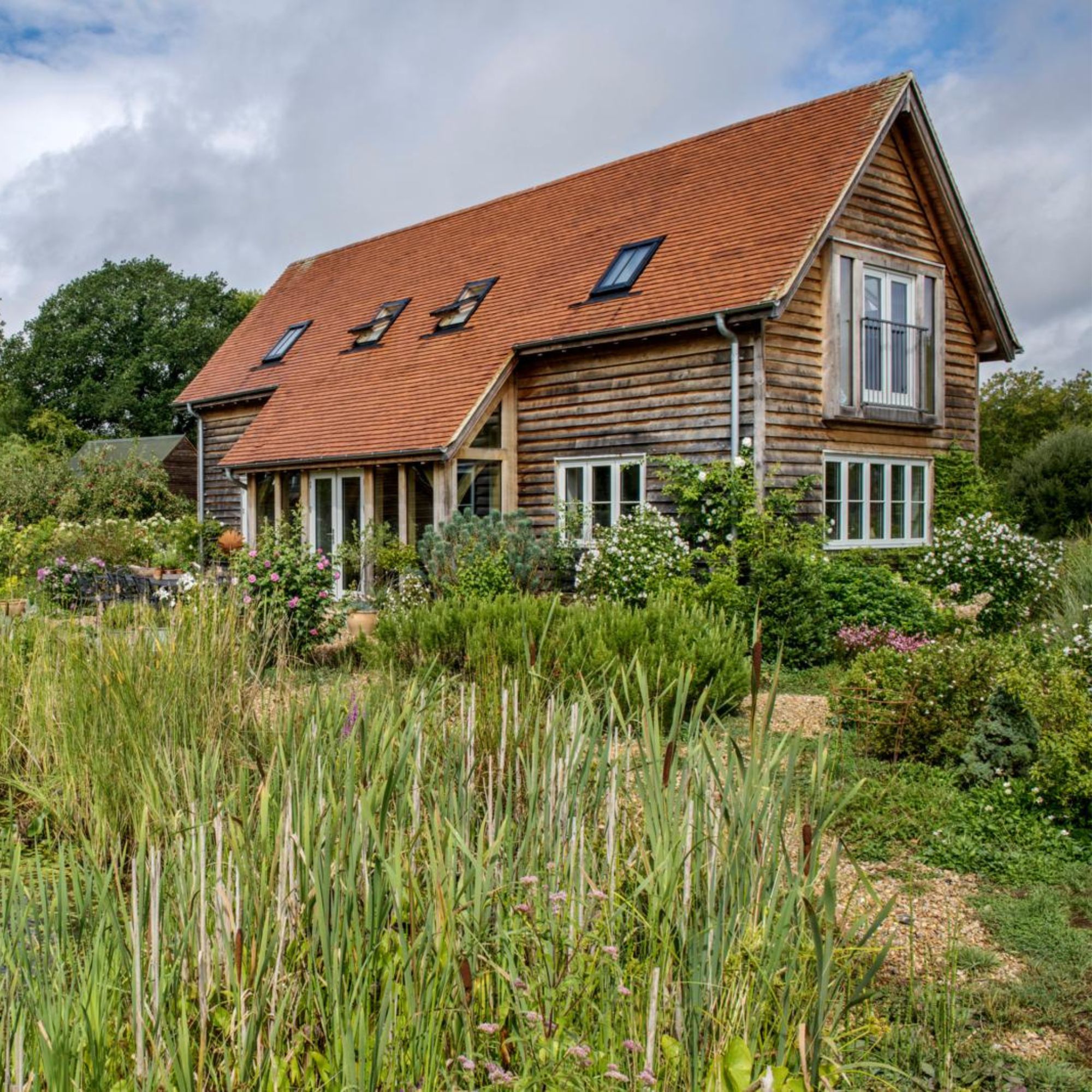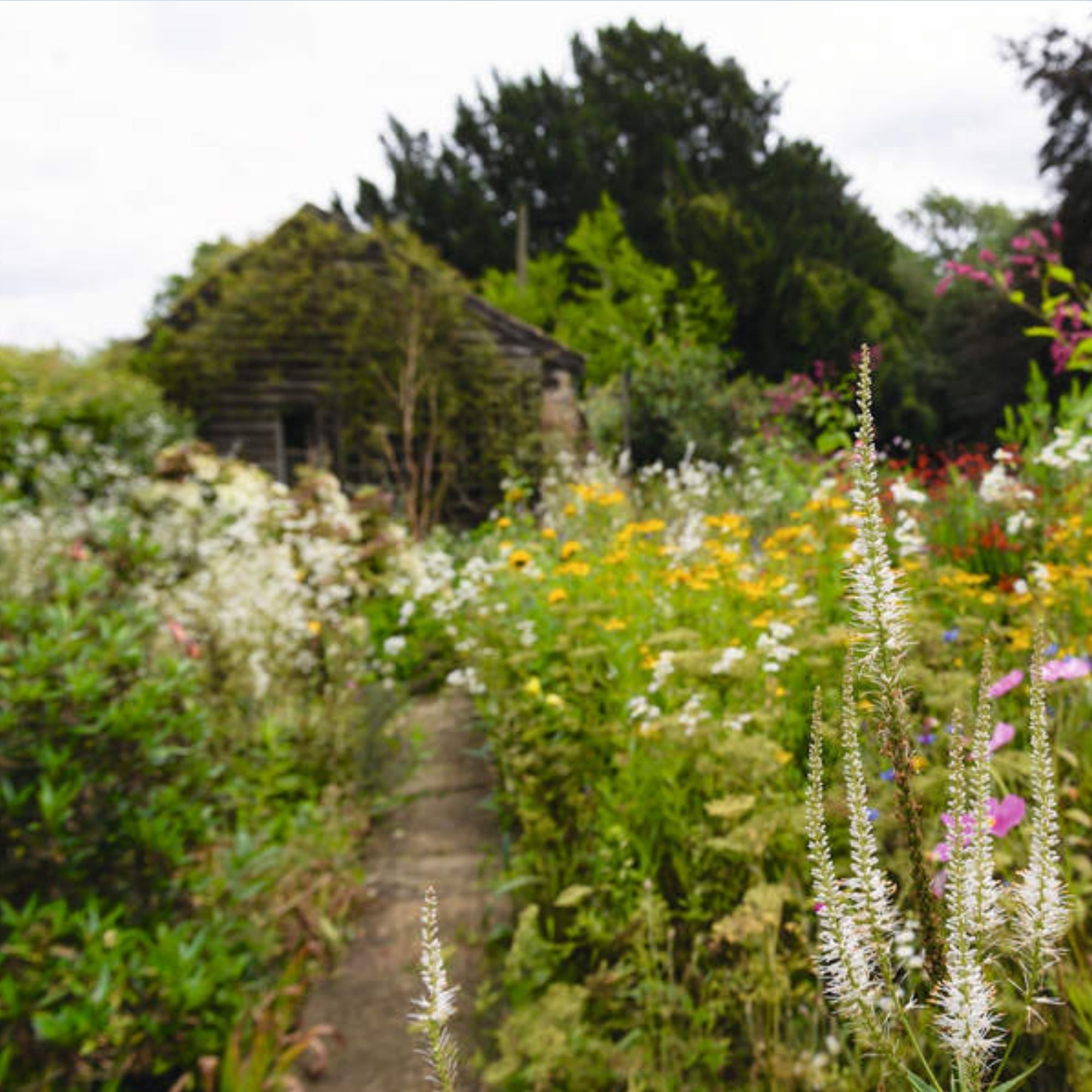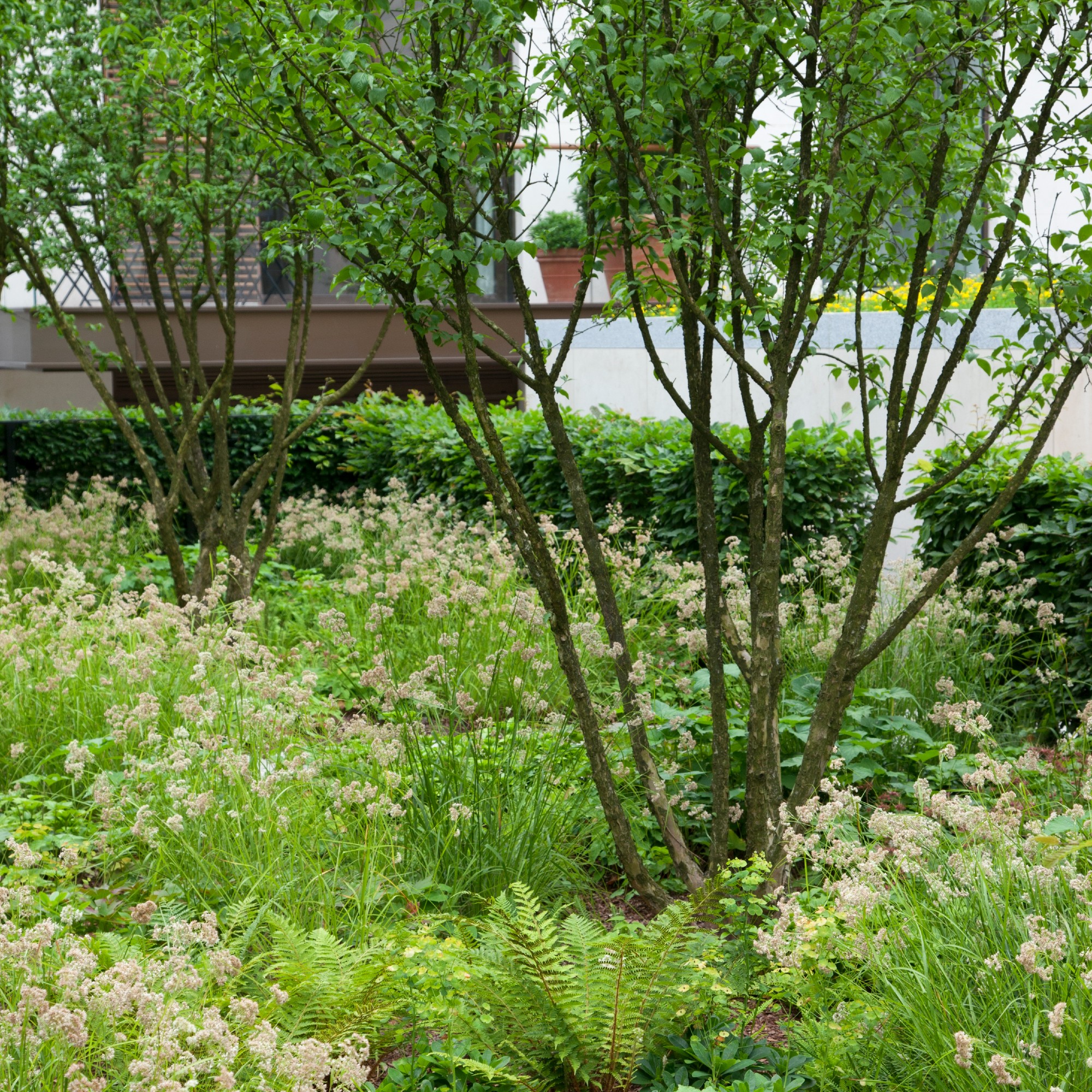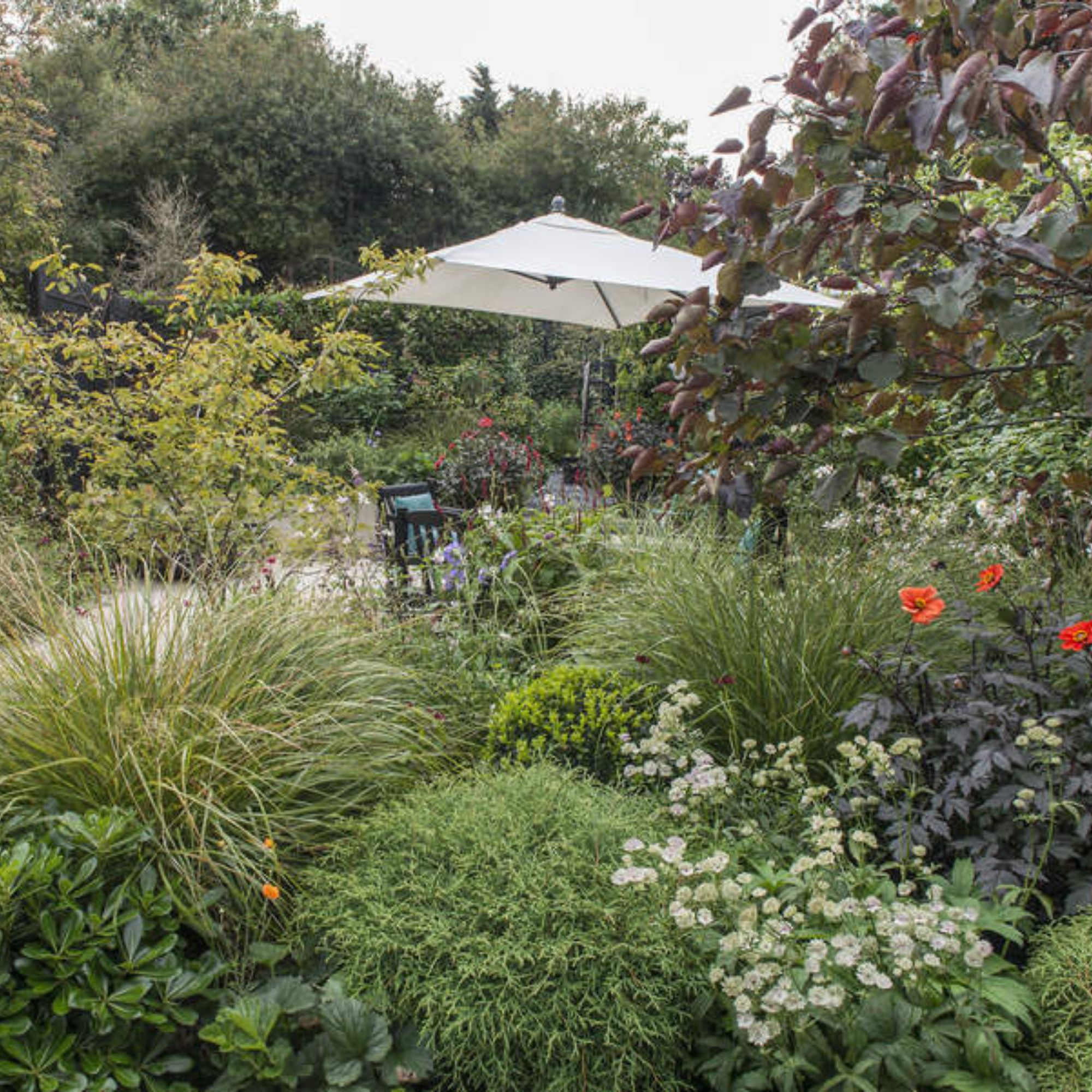
Once upon a time, the phrase 'ugly lawns' would have sent gardeners into a tailspin. Nowadays, though, it's become one of those Scandi garden design ideas that's rocketed to the top of our must-try list – even if it means turning our back on some of our favourite lawn care tips in the process.
That's right: while there are plenty of lovely lawn ideas you can use to get creative with your grassy garden, you might prefer to turn to our stylish Scandi neighbours for a little... well, a little more unusual inspiration this year.
More specifically, cast your gaze over to Gotland, Sweden’s largest island, where residents have been competing to determine which of them has the ugliest lawn – and stumbled across something surprisingly beautiful in the process.
Why ugly lawns are taking off
In an effort to promote water conservation (and as a result of local hosepipe bans), Gotland's ugly lawn contest has seen residents do more than just embrace the no-mow lawn and allow their grass to get brown and patchy.
Instead, they've been eschewing grass in favour of low maintenance lawn alternatives – not to mention coming up with all sorts of nifty drought-tolerant garden ideas, too.

'The key to finding beauty is to embrace the seasonal changes and natural characteristics that will develop in your lawn,' explains Tiffany Dent, Wecandoo partner and founder of the Archway Planter.
'Rewilding is a great way to bring beauty into your garden and to create a home for different animals – be it birds, insects or even small mammals.'
Filling your garden with wildflowers, Tiffany goes on to suggest, will 'not only support biodiversity, but will prove hardier than traditional turf as they have evolved to adapt to our conditions'.
As well as Night-Flowering Catchfly, Tiffany suggests using the following wildflowers to transform your ugly lawn into a thing of beauty (akin to the much-loved tapestry lawn):
A double-flowering form of the traditional bright blue cornflower, these pretty wildflowers will add some colour to your garden.
With their stunning purple and white flowers, Snakes's Head Fritillary can be grown in grass and often self seeds to make delightful colonies of nodding bells.
This is one to avoid if you want a pristine lawn (it can become invasive), but it is perfect if you want to create low-growing and beautiful ground cover in record time.
'Introducing large natural elements such as logs or rocks can help to define areas for wildflower planting, whilst maintaining an organic form,' adds Tiffany, urging people to embrace the ugly lawn trend's 'relaxed approach' to gardening.
'It can be very liberating,' she says.

If you need further encouragement to try an ugly lawn for yourself, it's worth noting that it's not just a Scandi thing: in fact, experts at the Royal Horticultural Society (RHS) have it pegged as one of the big trends of this coming year.
Noting that gardeners are increasingly in tune with nature – indeed, enquiries to the RHS about wildlife gardening increased by over 28% last year.
Lawn stripes are out, essentially, as more and more of us are – like the people of Gotland – letting the grass grow long and allowing wildflowers (like this year's 'it' flower, cow parsley) to have their moment in the sun.

'Using less water overall, creating more plant diversity, choosing ethically and locally sourced materials represents a definite shift in day-to-day gardening techniques,' says an RHS spokesperson.
From mulching to rain harvesting, building raised beds to meadowscaping, there are plenty of ways to do just this – and all have the added benefit of ensuring our gardens make people 'feel that they are in a wild place and providing benefits to well-being, wildlife and ease of maintenance'.
Anyone else suddenly in the mood to give their lawn a serious makeunder?







